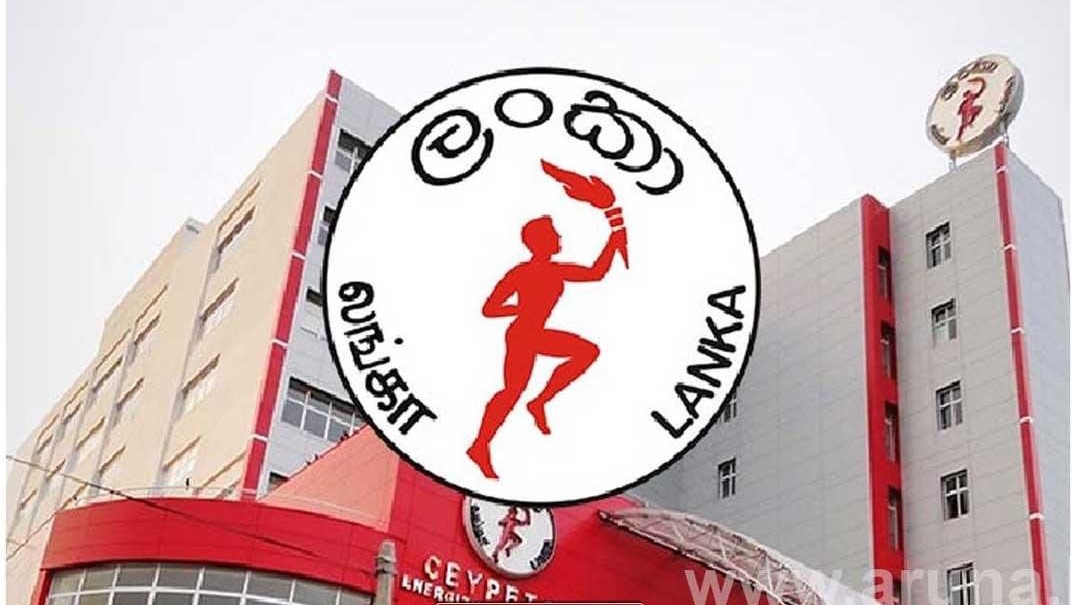Saturday October 25, 2025 7:30 am
Saturday October 25, 2025 7:30 am
ECONOMYNEXT – Sri Lanka Central Bank expects net interest margin of commercial banks to fall from the current 4 percent with economic recovery and increasing competition among banks, its Governor, Nandalal Weerasinghe said.
Despite declining monetary policy rates, commercial banks have reported exorbitant profit in the first half of this year compared to the same period in 2024.
The banking sector reported a profit after tax (PAT) of 187.5 billion rupees in the Jan-June period this year compared to111.8 billion rupees in the first half of 2024, recording a significant growth of 67.8 percent, the latest Financial Stability Review report showed.
Governor Weerasinghe said both deposit and lending rates are on the decline though the margin has increased by 0.5 percent than the usual 3.5 percent.
“The net interest margins have been relatively increasing because of the compression we had during the crisis period,” Weerasinghe told reporters this week after releasing the 2025 Financial Stability Review.
“If you look at the last year 2024, banks profits are higher because of the reversal of some of the provisions for debt restructuring. As a result, it (profitability) went up. Now ..if you look at the profitability, it is coming down, still relatively higher compared to the last several years.”
“Obviously we would like to see net interest margins lower than what is at this level. Average is hovering around 3.5%. It is just above 4%, above half a percentage higher than the landing and deposit rates.”
He said with the FCRD (Financial Consumer Relations Department) regulations, banks are required to ensure “much more disclosures and transparency” and those steps are expected to create competition among the banks to bring down the interest margin.
“That’s also one of the reforms that we are introducing, from the customer side to bring down the intermediation cost,” he said.
He said higher taxes and higher non performing loans have also resulted in high net interest margin.
“The intermediation cost is a little wider,” he said.
The Central Bank hopes the trend of higher net interest margin will come down with an economic recovery process and faster economic growth. (Colombo/October 24/2025)
Saturday October 25, 2025 10:49 am
Saturday October 25, 2025 10:49 am
ECONOMYNEXT – Sri Lanka workers leaving for jobs in foreign countries like the Middle East have eased from February 2025, central bank data show, amid a recovery in economic activities and wages.
In January 2025, 25,873 persons officially left for foreign jobs, up from 25,149 in 2024.
But in February 2025 departures fell to 22,271 from 25,737.
In March 2025 departures were 21,552, down from 24,158.
In April 2025, departures were 22,011 against 22,220 last year.
In May 2025 departures picked up to 27,142 against 28,201 last year.
Total departures were down 5 percent to 143,037 by June 2025.
Sri Lanka saw a spike in departures for foreign work after aggressive macro-economic policy was deployed to close an ‘output gap’ under from 2020, triggering steep collapse of the currency and external default.
The collapse came on top of earlier currency crises from money printing for discretionary (flexible) inflation targeting without a floating rate.
Remittances from families members have typically allowed Sri Lanka to recover quickly from stabilization crises that accompany currency crises.
Most of remmittances were to currency board like countries without ‘monetary policy’ or to others with low inflation targets of around 2 percent.
Sri Lanka was a outward remitting country with a currency board arrangement (no policy rate) when the central bank was created in 1950.
Sri Lanka’s central bank has provided stability to the country in 2024, by missing its 5 percent inflation target.
There are calls for the parliament to restrain the central bank with a 2 percent inflation ceiling and not floor rate, to stop inflation, currency depreciation and a second sovereign default.
Though the central bank has halted inflationary open market operations in 2025 it is still free to depreciate the currency, push up food and energy prices pressure family finances and state enterprise finance and also push up capital and current spending to worsen budget deficits.
The rupee has depreciated amid record current account surpluses as dollar were bought to create excess liquidity but they were not redeemed for private transactions, when the liquidity turned into credit and imports. (Colombo/Oct25/2025)
Continue Reading
Friday October 24, 2025 5:21 pm
Friday October 24, 2025 5:21 pm
ECONOMYNEXT – Sri Lanka has unveiled a national strategy which will help the country tap climate financing from official donors and also the private sector to help support over 10 billion dollars for adaptation strategies, officials said.
The National Climate Finance Strategy of Sri Lanka 2025 – 2030, was devised by the External Resources Department of the Finance Ministry with the support of the United Nations and United Kingdom.
“Sri Lanka in particular, given our dependency and exposure to the tourism industry, agricultural industry, marine economy that we have, that we are planning to develop further, the stakes are high unless we act now,” Treasury Secretary Harshana Suriyapperuma said.
“That is why I am pleased to announce the government is committed in that direction to ensure we prepare ourselves well, we coordinate with the partners who have the expertise in this area and invite investors to take part in this journey along with us.”
Sri Lanka’s Nationally Determined Contributions for 2021 to 2030 was estimated at 10.85 billion US dollars. The needs are currently being revised.
At the COP 28, pledges were made to provide developing countries 300 billion US dollars a year by 2035, Azusa Kubota, Resident Representative, UNDP Sri Lanka said. But the funds cannot be tapped without a climate financing strategy.
“It offers a clear, structured framework for mobilising and aligning both domestic and international resources with national climate goals,” Kubota said.
In addition to official development assistance, financing options included public private partnerships, debt for environment swaps, environment social governance bonds Visakha Amarasekere according Additional Director General, Department of External Resources said.
“As a government with limited resources at disposal, we won’t be able to come back alone and channel much needed finances from the other areas which are in equal demand into this particular area,”
“This is why it is important to have a plan to attract other partners for funding, to invite the private sector to take part in this journey for financing, climate related financing activities.”
Sri Lanka had challenges and opportunities that it had to work out and deploy climate financing, United Kingdom High Commissioner for Sri Lanka Andrew Patrick said.
“But without a climate finance strategy of this kind, it is much harder for the government to access those funds,” he said.
Sri Lanka had untapped potential in offshore wind energy, but there were also threats to biodiversity and agriculture, High Commissioner Patrick said. In Jaffna, groundwater is becoming salty.
“There’s an issue of whether people can continue using it” he said. There’s been a survey that we’ve been supporting there. (Colombo/Oct24/2025)
Continue Reading
Friday October 24, 2025 5:04 pm
Friday October 24, 2025 5:04 pm
ECONOMYNEXT – Sri Lanka’s rupee closed at 303.70/85 to the US dollar Friday, weaker from 303.65/75 the previous day, while bond yields closed broadly steady, dealers said.
A bond maturing on 15.12.2026 closed at 8.25/30 percent, down from 8.25/35 percent.
A bond maturing on 15.09.2027 closed at 8.82/88 percent, up from 8.78/92 percent.
A bond maturing on 15.03.2028 closed at 9.19/25 percent.
A bond maturing on 15.09.2029 closed at 9.65/70 percent.
A bond maturing on 01.07.2030 closed at 9.75/79 percent.
A bond maturing on 15.12.2032 closed at 10.50/65 percent. (Colombo/Oct24/2025)
Continue Reading









Leave a Reply